How Telegram became the hottest thrift 'mall' among young Singaporeans
From curated Y2K tops to rare Japanese labels, zillennials are turning to Telegram for fast, stylish secondhand finds, and a fashion community like no other – here’s why.

Gen Zs Annette Chua and Chan Huiwen share their Telegram thrift finds. (Photos: Annette Chua and Chan Huiwen)

This audio is generated by an AI tool.
A decade ago, "thrift shopping" in Singapore often meant sifting through racks at a charity shop or making the occasional trip to a vintage boutique. Long-running stalwarts like Deja Vu Vintage, which closed in May after 20 years, and Dustbunny Vintage, established in 2003 and still going strong, were among the few dedicated options for secondhand fashion.
Fast-forward to today, thrifting (typically low-cost, pre-loved finds) and vintage shopping (older pieces prized for their quality or era) have become part of a broader secondhand boom. What was once a niche pastime is now a mainstream weekend activity, complete with curated pop-up markets, online resellers, and an unexpected new venue: Telegram.
Increasingly, this growing scene has gone digital in ways few predicted. For a rising number of young Singaporeans, Telegram – better known as a messaging app – has become their preferred hunting ground for curated, pre-loved fashion, offering speed, exclusivity and a sense of community that other resale platforms can’t quite replicate.
WHY GEN Z AND YOUNGER MILLENNIALS ARE HOOKED
For many of these shoppers – often students or early-career twentysomethings – Telegram thrifting is more about style and community than pure bargain hunting.

“The curations come from people who share my fashion taste,” said Chan Huiwen, 29, a media professional who fell down the Telegram thrift rabbit hole earlier this year after spotting an Instagram ad.
“It’s convenient, and I don’t have to dig through piles of clothes like in a brick-and-mortar shop. Fashion is part of my identity, and these curated drops help build my style.”
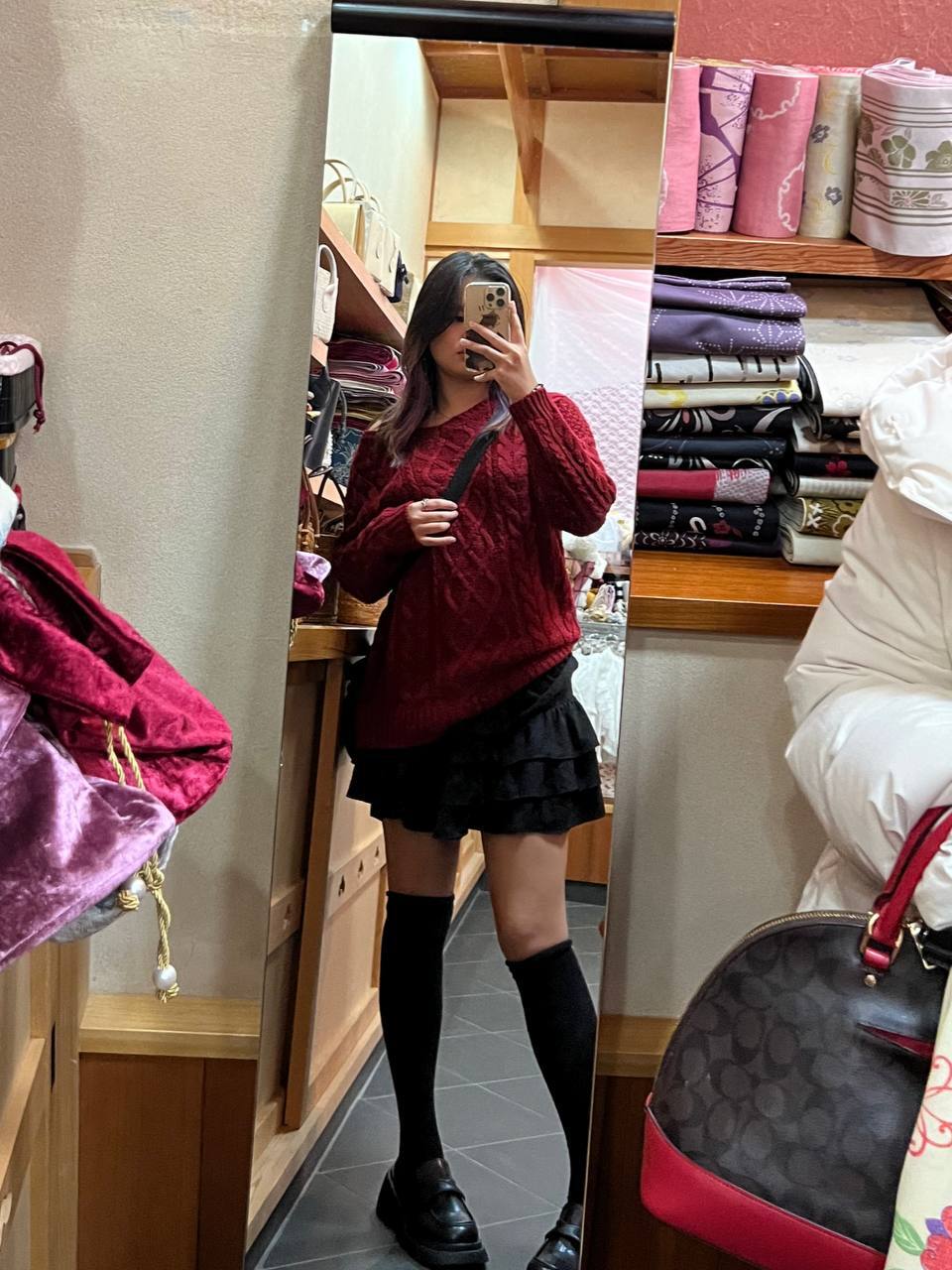
Some like that many channels offer themed drops and clear measurements. “It makes it easier to remember which ones I want to check out,” said Annette Chua, a 20-year-old student. “And a lot of channels sell preloved clothing at lower prices – some even start bidding at S$1 or S$5."
Telegram has carved out a unique niche that combines the convenience of online shopping with the personal touch of community-driven curation.
THE RISE OF AN UNLIKELY FASHION PLATFORM
Telegram’s rise as a resale space began with young sellers looking for a faster, more direct way to reach their audience. The app’s chat format, scheduling function and instant reactions are a natural fit for the “drop” culture that drives modern thrifting.
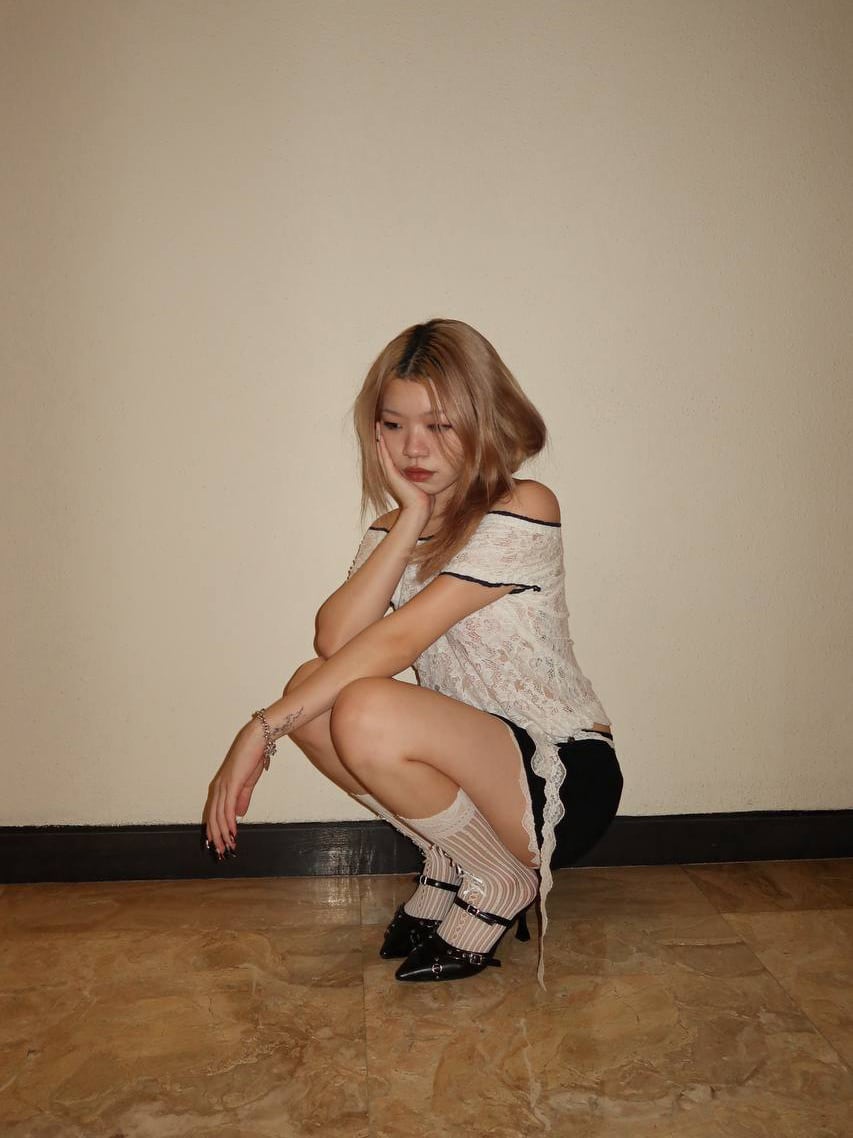
Tyra Ng, a 21-year-old university student who runs Villainsloved, started her channel in July 2023 while juggling a polytechnic internship and part-time jobs. “I can sell fast and on the go – even from school. Telegram lets me connect with customers I might never have met otherwise,” she said. “I’ve even spotted strangers wearing pieces I sold them – it’s such a wholesome feeling."
For Matthew Tan, 23, who runs the thrift brand Woofie with his partner Desiree Chang, 24, Telegram was their first sales channel before opening two physical stores. Their channel, Woofie Sales, was launched in 2021 and boasts over 6,000 subscribers.
“Our brick-and-mortar stores sell affordable secondhand clothing at S$5 to S$15, but our Telegram channel is where we put more curated, higher-quality pieces at a slightly higher price point," he said.
"The ease of listing makes it worth doing even if it’s not our main revenue stream – [Telegram sales make up] probably less than 5 per cent – and the reaction feature tells us instantly what styles people like, so we can source more of them."
Danielle Tam, 20, started D’s Closet in 2023 to fund a Taylor Swift concert ticket – earning over S$150 within days – and later expanded to source curated secondhand pieces.
“Scheduling messages is a game changer,” said the university student, whose channel has 5,500 subscribers. “I can prep each item’s photos and captions in advance, so even if I’m out, the drop still goes live at the right time. It’s also easier to keep track of comments and gain followers compared to Instagram or Carousell."
For buyers, Telegram’s immediacy is the draw. Chan has a dedicated “shopping” folder in the app and checks it daily. “It’s like the thrill of a concert ticket sale – but for clothes,” she shared.
THE ART OF THE DROP
What sets Telegram thrifting apart is the “drop” culture – scheduled releases of curated items that create anticipation and urgency among buyers. Within private or public chat groups, sellers share photos of pre-loved or vintage items in timed batches. Buyers race to claim them in the comments or via direct message, sending payment within minutes before the next piece is snapped up.
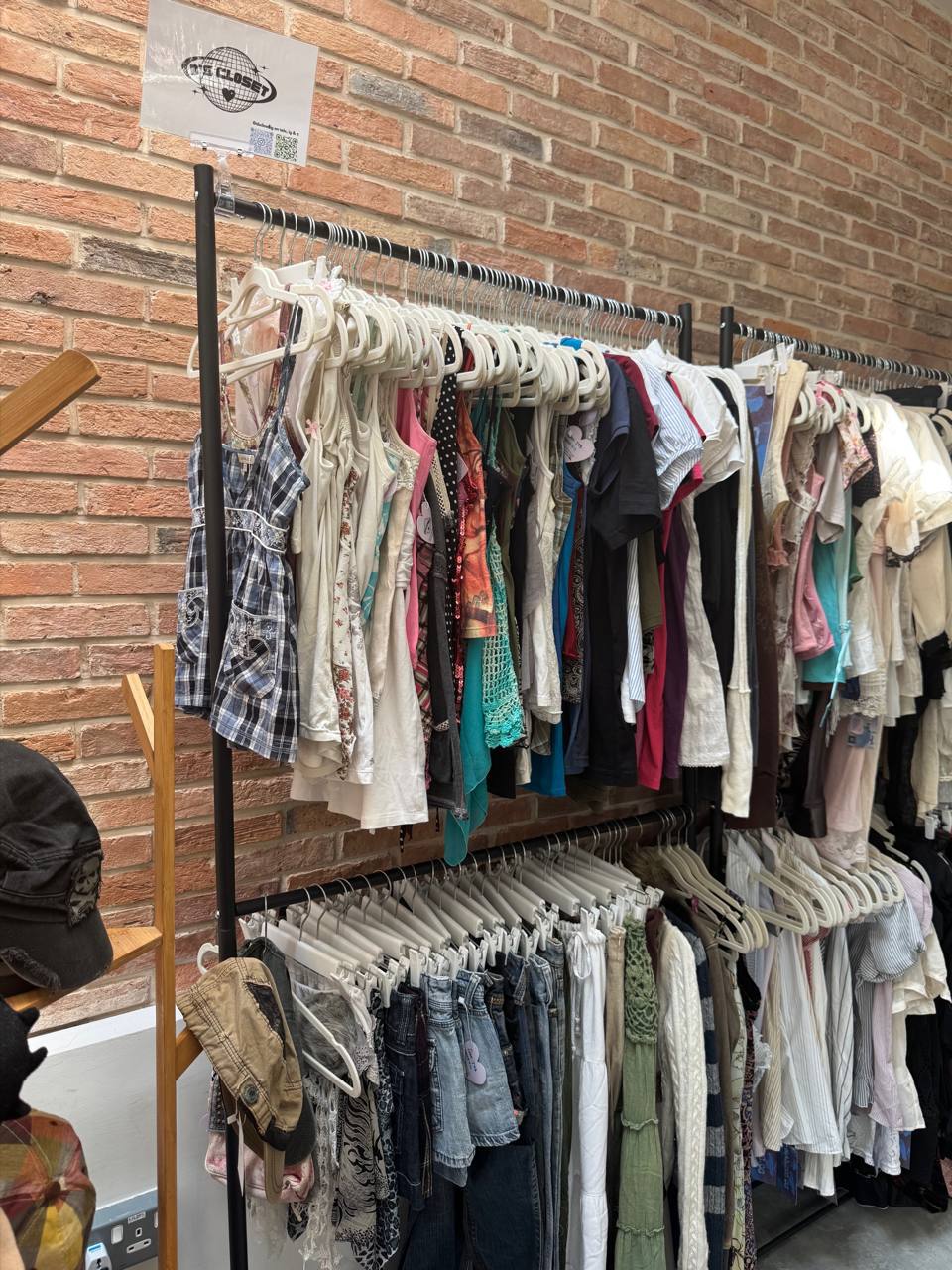
Ng describes her typical drop day routine for Villainsloved: “I’ll take pictures the night before on my table or mannequin, then I will let my group chat know the time and date so they’re also prepped along with some sneak peeks!” she said.
Her personality shows in the captions – part sales pitch, part inside joke among her 2,200 subscribers. “Bebe midi body con dress she EATS heavy,” reads one; another declares, “Ed Hardy shorts she is saur adorbs."
“I usually write them on the spot and whatever I feel at the time that’s funny or fits the item I'm selling,” she said. “I think giving clothes a personality is something I've loved doing for a while now... it also helps people visualise and connect!”
HOW A TELEGRAM DROP WORKS
The team at Woofie share how their drops work:
1. Sneak peeks
Sellers post teasers or announce drop times in advance to build hype.
2. Go time
At the scheduled time, curated pieces are posted in quick succession, often with multiple photos, a short description, and a set price or starting bid.
3. Claim fast
Buyers comment “mine”, place a bid, or message the seller directly – in-demand items can be gone in under 30 seconds.
4. Payment and packing
Payment is usually via PayNow or PayLah, followed by sellers packing and mailing orders.
5. Repeat
Loyal buyers turn on notifications so they never miss the next drop.
TRENDING… FOR NOW
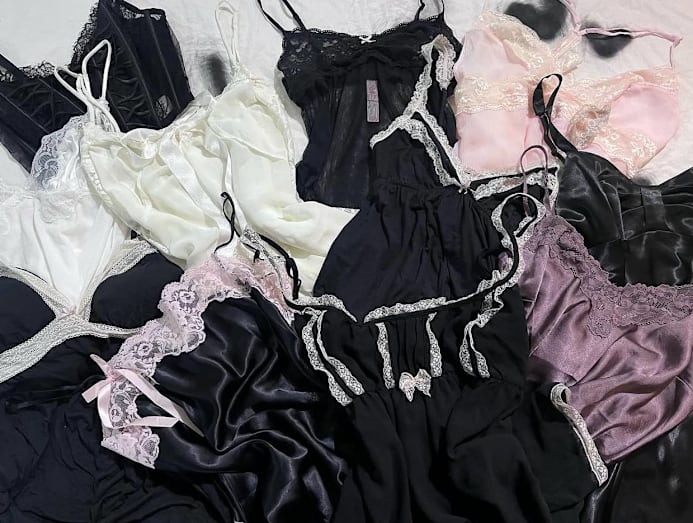
Certain labels and looks dominate the Telegram thrift scene. “The usual would be Cecil McBee, Liz Lisa... any Japanese brand tag piece would probably sell,” noted Chan. “Lace camisoles are always the most popular type of clothing. As for styles, nowadays the shoujo girl aesthetic (a cute, whimsical fashion style inspired by Japanese manga and anime typically targeted towards young female audiences) is trending!"
Chua has seen trends shift quickly. “It was Harley Davidsons before, now it’s more Hollister and Abercrombie. Trends change so fast."
BUILDING COMMUNITY THROUGH FASHION
Beyond transactions, Telegram thrift channels often feel like mini fashion communities. Sellers remember customers, buyers return for more, and relationships form.
“There was a time I saw a girl in my university wearing a whole outfit from my channel,” recalled Ng. “Almost all my items are unique, so I recognised them immediately and we connected over that."
The social aspect extends to how sellers support each other. “Most Telegram channels do shoutout-for-shoutout, where we advertise each other’s channels,” said Tam. “It makes the barrier to entry much lower than on other platforms.”
CHALLENGES AND LIMITATIONS
Sizing and fit are common frustrations. “Sometimes I’ll accidentally buy something too small,” admitted Chan. “A lot of channels only provide waist measurements, and sometimes not even the tagged size. On other sites like Taobao, you get full measurements and customer reviews to help you decide."
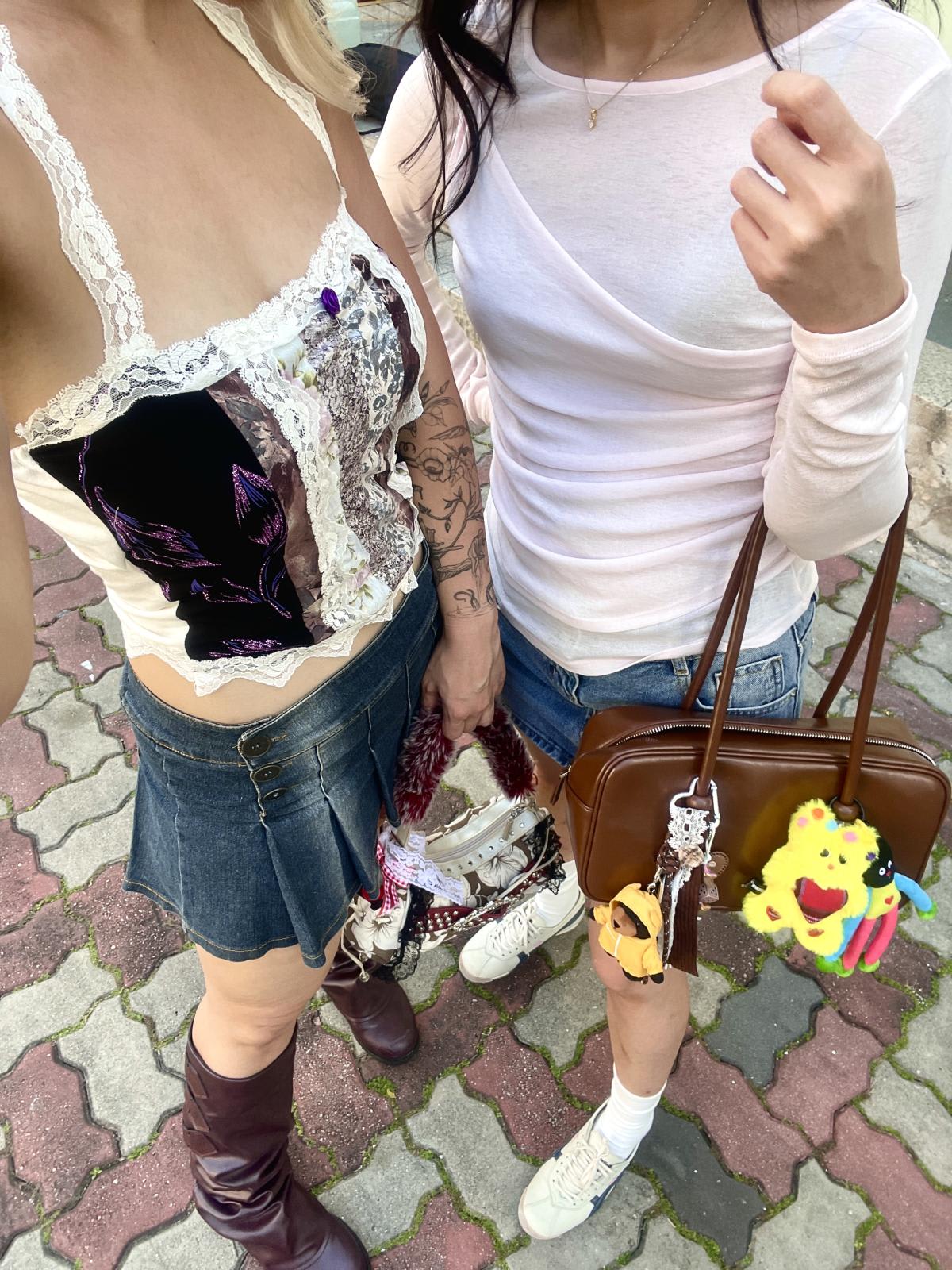
Chua has had similar experiences. “All my pieces came in great condition, except sometimes they don’t fit me,” she said.
This is less of an issue for physical shops like Woofie, where customers can try before buying, but Tan acknowledges that for their curated Telegram pieces, buyers have to trust the listing photos and descriptions – which is why they only put more premium pieces on the platform. “It justifies the time and effort we spend on photography and measurements,” he explained.
Owner of D’s Closet, Tam, has also shifted more towards in-person sales. “When I started university last year, I began consigning at physical stores as it’s less intensive than online drops,” she said.
“For physical pop-ups and events, which is what I mainly do now, I take pictures of what I’ll be bringing and post on Telegram, TikTok and Instagram to let my followers know. I also tag each item with my own price tag, and spend weekends restocking at the shops I consign at.”
THE FUTURE OF TELEGRAM THRIFTING
Most sellers and buyers agree the number of Telegram thrift channels has surged in the past two years. “When I started in 2023, the norm was to sell on Instagram,” noted Tam. “Now, it has shifted to Telegram.”
Chan believes the trend has staying power: "I feel like Telegram thrifting is here to stay, considering how the main messaging app for most youths these days is Telegram, and how the app allows for way more functions than just messaging, I think it will only get bigger.”
However, she doesn't see it completely replacing traditional thrifting: “Being able to try how things fit in person will be something that online shopping can never replace, and the thrill of having gotten something amazing in person after scouring through tons of secondhand clothes really does make me very happy.”
As Singapore’s secondhand fashion scene continues to evolve, Telegram has carved out a unique niche that combines the convenience of online shopping with the personal touch of community-driven curation. For young sellers and buyers alike, it represents not just a marketplace, but a new way of connecting over shared style sensibilities – one drop at a time.






